Saddle fitting is a crucial aspect of horse care and rider comfort. The saddle serves as the vital connection point between the horse and rider, and if it doesn’t fit correctly, it can have several negative consequences:
- Limited Range of Motion: A poorly fitted saddle can restrict the horse’s range of motion, affecting its ability to move freely and perform well.
- Ineffective Aids: When the saddle doesn’t fit properly, the rider may struggle to apply aids correctly. This can hinder communication between the rider and the horse, making training and riding less effective.
- Tissue Damage: Continuous use of an ill-fitting saddle can lead to tissue damage on the horse’s back. Pressure points, friction, and rubs can cause discomfort and injury to the horse.
- Safety Concerns: In extreme cases, poor saddle fit can become a safety hazard for both riders and horses. Horses may react strongly to pain caused by an improperly fitting saddle, potentially leading to accidents or unpredictable behavior.
Evaluating saddle fit involves assessing various aspects:
- Saddle Quality: The overall quality of the saddle, including its construction, materials, and craftsmanship, plays a significant role in fit and performance.
- Symmetry: Ensuring that the saddle is symmetrical and well-balanced is essential for even weight distribution and comfort for both the horse and rider.
- Stuffing and Padding: The stuffing and padding inside the saddle need to be appropriate to provide comfort and alleviate pressure points.
- Clearance: Checking for any objects or protrusions through the saddle’s leather or material that could create pressure points on the horse’s back.
Proper saddle fit is essential for the well-being of the horse and the effectiveness of the rider’s aids, and it’s a critical aspect of responsible horse care.

We do not provide re-flocking or adjustments of the saddle’s tree (the framework that gives the saddle its shape) and leave this skilled work to certified Master Saddlers or experienced professionals.
Saddle Fitting is not a substitute for proper veterinary medical care, but rather serves as a complement. Always contact your qualified veterinary practitioner for all diagnosis and/or treatment of serious injuries or ailments.




